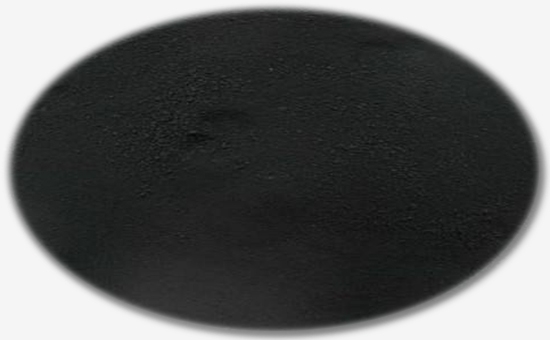
In the production process of reclaimed rubber products, the amount of filler is second only to the amount of reclaimed rubber; the vulcanization process directly affects the performance and life of rubber products. When using reclaimed rubber to produce rubber products, the surface properties of the rubber filler affect the reclaimed rubber vulcanization process, especially the surface PH value of the filler. In actual production, understanding the influence mechanism of fillers on the vulcanization process of reclaimed rubber will help improve the degree of vulcanization and vulcanization efficiency of reclaimed rubber.
1. The effect of rubber filler pH on the vulcanization process of reclaimed rubber
Carbon black reinforcement and inorganic fillers are often used in the production of reclaimed rubber products. In actual production, channel carbon black and oxidation furnace carbon black have low pH and slow vulcanization speed of reclaimed rubber; furnace carbon black with high pH value 2LLYY1222 has little effect on the vulcanization speed of reclaimed rubber and basically does not cause delayed vulcanization. The phenomenon. For inorganic fillers, when using inorganic fillers with a low pH value, the vulcanization speed is slow and the scorching time is long.
2. Inorganic fillers affect the application effect of vulcanization accelerators
Part of the rubber filler with acidic surface has a large adsorption capacity for dibutylamine (DBA), and the DBA value in the rubber filler is related to the amount of accelerator. For example, when using latex reclaimed rubber to produce rubber products, the larger the amount of such fillers, the more the amount of accelerator D should be. In order to reduce the adsorption of the accelerator on the acid surface of the rubber filler, the rubber product manufacturer can use an appropriate amount of the active agent, the dosage is controlled between 1%-3% of the rubber filler, and the specific dosage is determined according to the pH value of the rubber filler and the type of reclaimed rubber.
3. The influence of inorganic fillers on peroxide curing system
When reclaimed rubber is vulcanized with peroxide, the strong acid environment will cause the decomposition of organic peroxide particles; during the vulcanization process, only free radical decomposition can produce free radical crosslinking. Therefore, inorganic fillers with acidic surfaces are used to crosslink the peroxide. Union is very unfavorable. The use of peroxide-vulcanized reclaimed rubber products to reinforce the filling system should control the amount of acidic inorganic fillers.
Carbon black is widely used in dark-colored reclaimed rubber products, and white carbon black is mostly used to reinforce light-colored reclaimed rubber products. The smaller the particle size of carbon black used in reclaimed rubber products, the faster the scorching time; the increase in the water content of the white carbon black will cause the reclaimed rubber to shorten the scorching time and the positive vulcanization time. When designing a reinforced filling system for reclaimed rubber products, product manufacturers must comprehensively consider the effects of the surface properties of reinforced fillers and non-reinforced fillers on the reclaimed rubber vulcanization process, and further optimize product physical properties and production efficiency while reducing costs.
Exclusive original article [commercial authorization] reprint, excerpt and excerpt in any form are prohibited without written authorization. Focus on Hongyun rubber: learn the process formula and raw material technology of producing rubber products from recycled rubber to help you reduce costs and increase profits